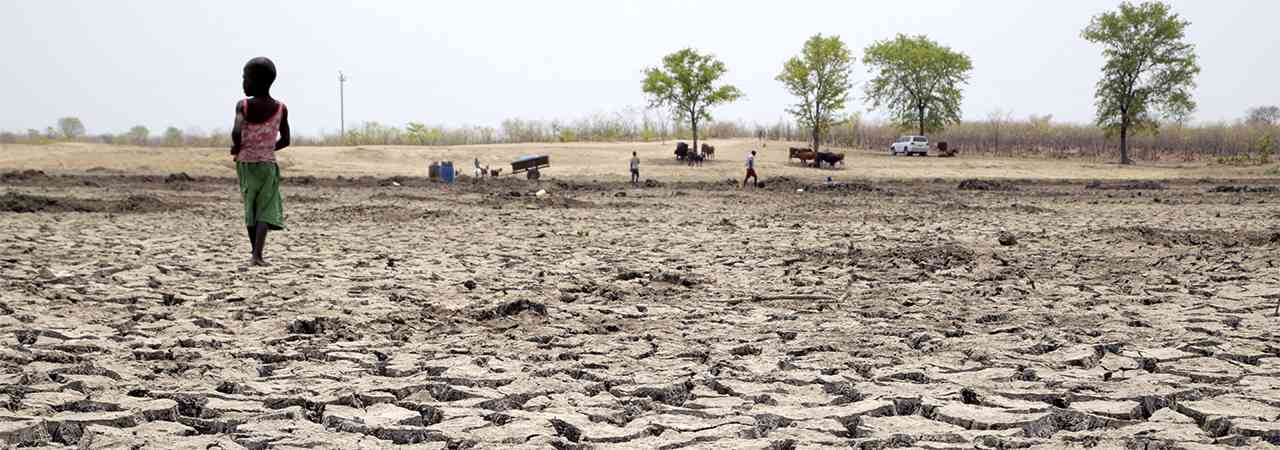
THE effects of global warming on Zimbabwe have resulted in increased competition for resources between wildlife and people, resulting in the rise of human-wildlife conflict, the African Wildlife Foundation (AWF) has said.
Speaking to NewsDay yesterday, AWF country director Olivia Mufute said the effects have a bearing on wildlife populations with ripple effects on the wildlife economy’s performance.
She said climate change has led to reduced food and water availability for wild animals, resulting in weaker populations which cannot sufficiently support robust wildlife economies.
“The food and water scarcity also results in mass migrations to areas with better supplies of water and forage, directly affecting population dynamics,” Mufute said.
“There has been evidence of reduced wildlife trophy quality in some localised areas because of resource driven migrations. In addition to this, climate change negatively impacts wildlife economies by reducing viability of biodiversity-based businesses, such as, reduction in electricity generation from Kariba hydro power station due to droughts.”
Due to climate change, changes in the availability of non-timber forest products arise, directly affecting sustainable extraction levels and subsequent value of the economy, she noted.
“Such can be seen in declining honey-bee population thereby affecting the honey value chain. Mushrooms and other NTFPs (non-timber forest products) distribution changes because of climate change, which has a direct impact on the value chains they support,” Mufute said.
“Climate change also leads to wildlife diseases and pest infestation that may result in the deaths of animals, which in turn has a negative bearing on sport hunting, and non-consumptive tourism such as photographic and other tourism related activities.
- Global warming threatening wildlife: AWF
Keep Reading
“Habitat fragmentation that can be attributed to climate change, negatively affects wildlife social structures, wildlife population dynamics, animal home range and others.”
However, Mufute added that it was important to note that climate change is creating opportunities for wildlife economies in the form of provision of nature-based solutions and payment for ecosystem services.
Global warming, according to scientists, is responsible not only for shrinking ice caps, but also for a surge in extreme weather that is causing heat waves, forest fires and droughts.
The key impact of global warming on wildlife is habitat disruption, in which ecosystems — places where animals have spent millions of years adapting — rapidly transform in response to climate change, reducing their ability to fulfil the species’ needs.
Habitat disruptions are often due to changes in temperature and water availability, which affect the native vegetation and the animals that feed on it.
Affected wildlife populations can sometimes move into new spaces and continue to thrive although concurrent human population growth resulting in many land areas that might be suitable for such “refugee wildlife” being fragmented and cluttered with residential and industrial developments.
According to a report by the Pew Centre for Global Climate Change, creating “transitional habitats” or “corridors” could help migrating species by linking natural areas that are otherwise separated by human development.
“Beyond habitat displacement, many scientists agree that global warming is causing a shift in the timing of various natural cyclical events in the lives of animals. The study of these seasonal events is called phenology,” the report noted.
“Many birds have altered the timing of long-held migratory and reproductive routines to better sync up with the warming climate. And some hibernating animals are ending their slumbers earlier each year, perhaps due to warmer spring temperatures.
“To make matters worse, research contradicts the long-held hypothesis that different species coexisting in a particular ecosystem respond to global warming as a single entity.”
Instead, different species within the same habitat are responding in dissimilar ways, tearing apart ecological communities millennia in the making.










